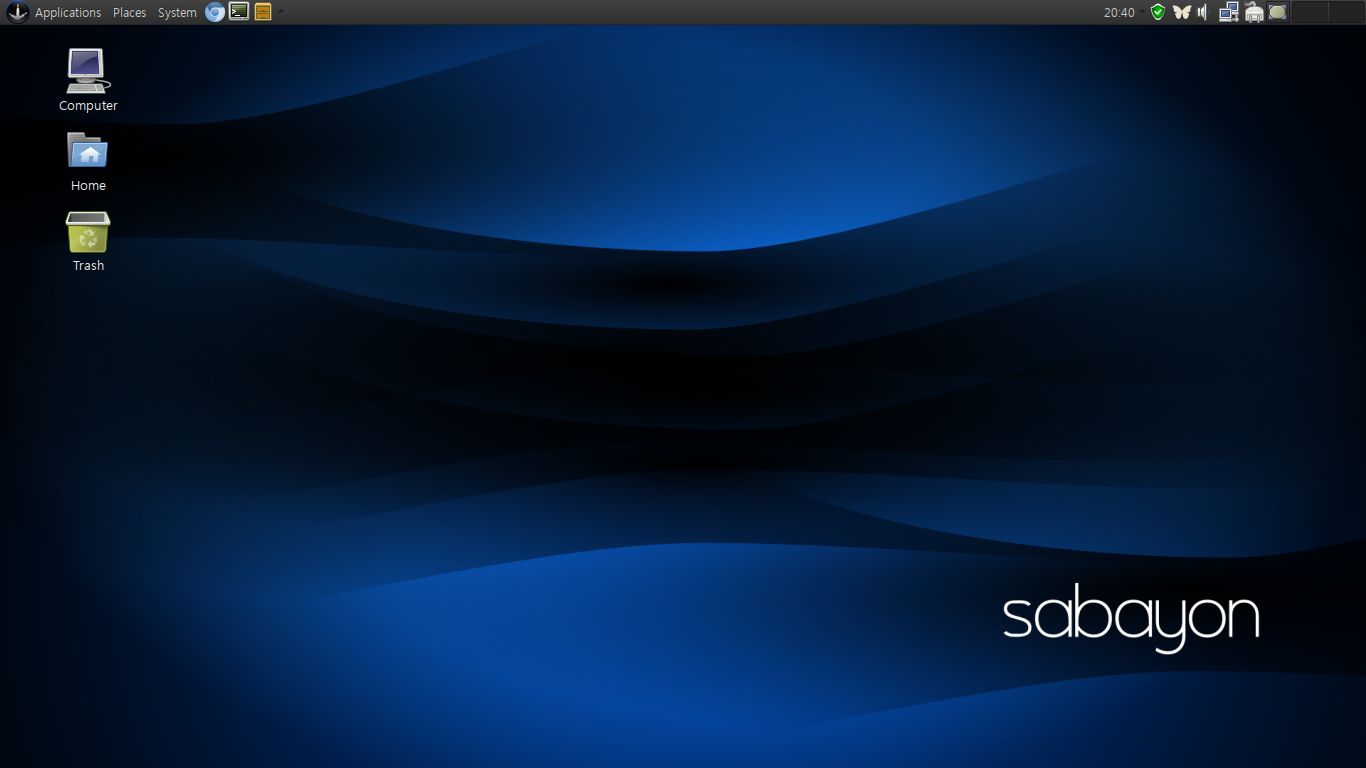The end of Windows XP: Is it time to give Linux a try?
Are you ready to jump ship?
One important difference between Windows and a major Linux distribution like Ubuntu, Fedora or SUSE is where you get your applications from.
Linux distros tend to steer you into installing software from their repositories - huge libraries of free applications and add-ons that are managed by an "app store'-like front end which takes care of dependencies and makes most installs a one-click process.
Free in the GNU/Linux sense refers to the open source nature of the code but in practice most are free in the more obvious sense too.
Libre Office (derived from the OpenOffice.org codebase) is a capable office suite offering most of the features commonly used in Microsoft Office and almost complete file compatibility.
One important consideration is that while Libre Office's Calc is comparable to Excel in terms of features, it is not compatible with Excel's macro language. If you can't face rewriting all your macros then moving away from the Microsoft fold is probably not for you.

Specialist applications are still predominantly written with Microsoft's OS family in mind. If your business relies on a vertical market database or custom tool then you could try running it using the WINE compatibility layer - a clever bit of software that provides Windows applications with compatible libraries to allow them to run under Linux.
This can work very well but unless your application is found in the Wine Compatibilty Database then success is very much pot luck.
Are you a pro? Subscribe to our newsletter
Sign up to the TechRadar Pro newsletter to get all the top news, opinion, features and guidance your business needs to succeed!
If you tend towards light-ish office work and the web - and especially if you have embraced working in the Cloud - however, Linux could be ideal for you. You may miss Internet Explorer but both Firefox and Google Chrome have native Linux versions that run extremely well and support Flash.